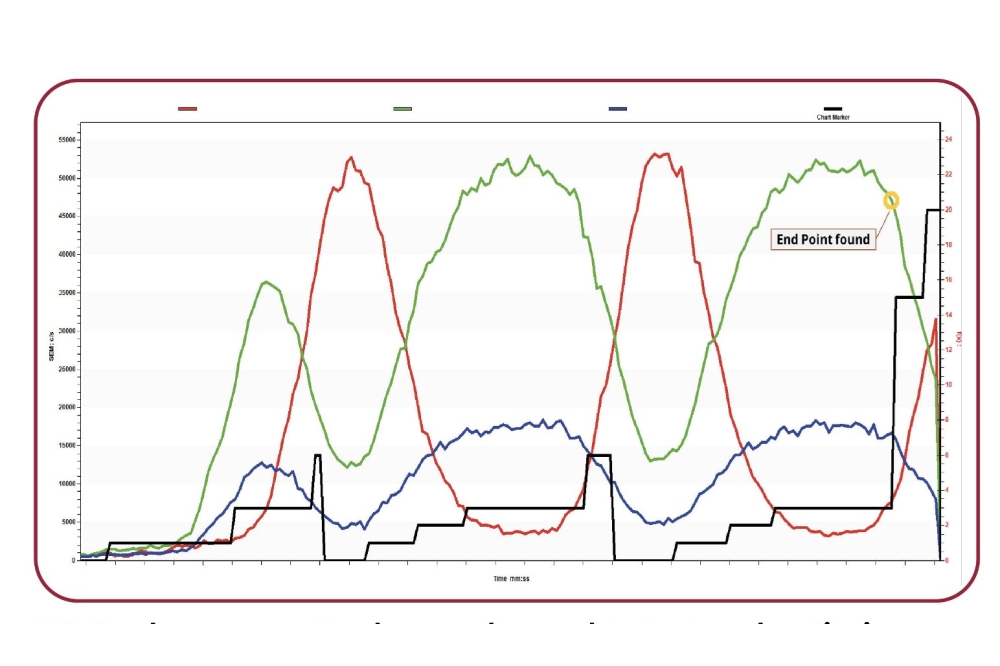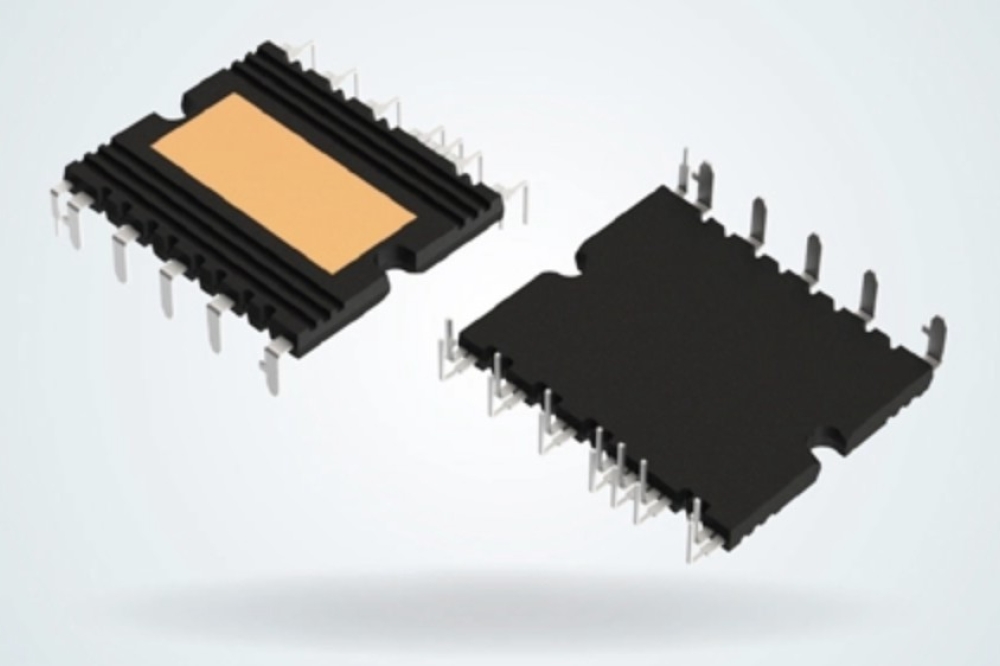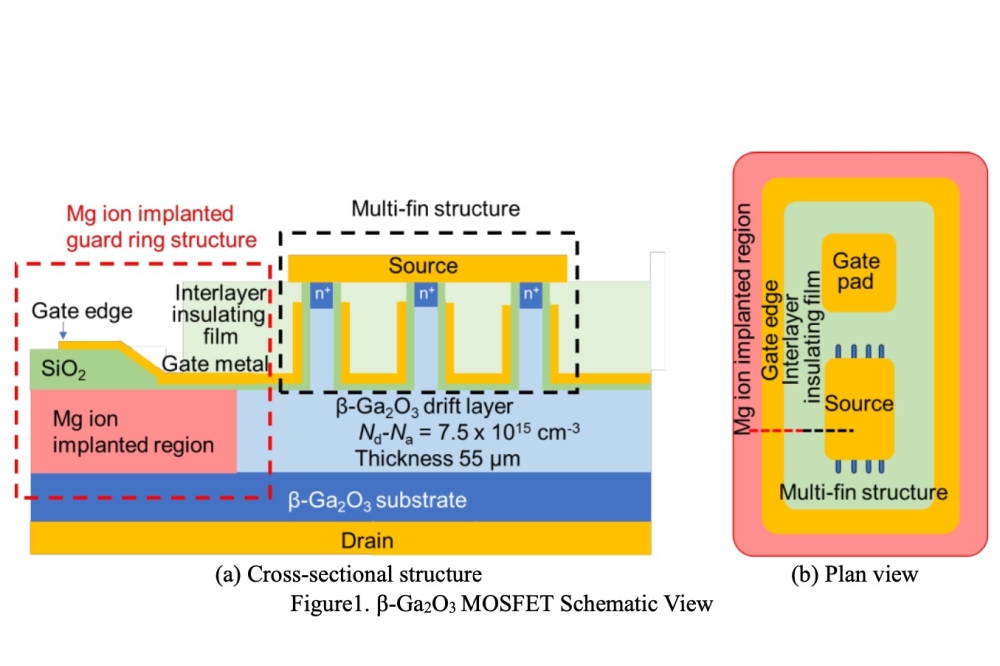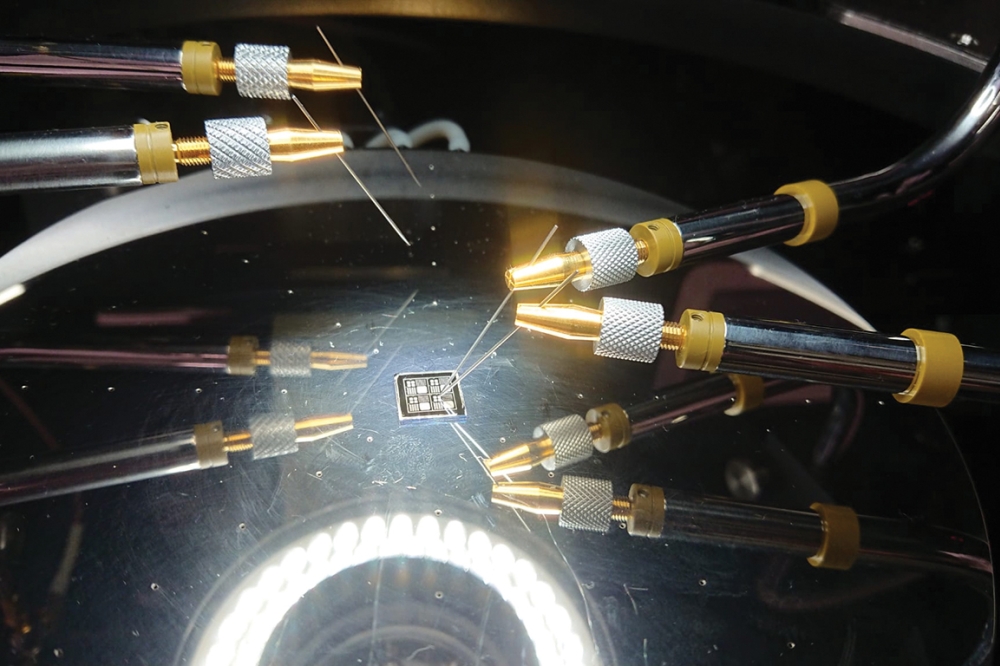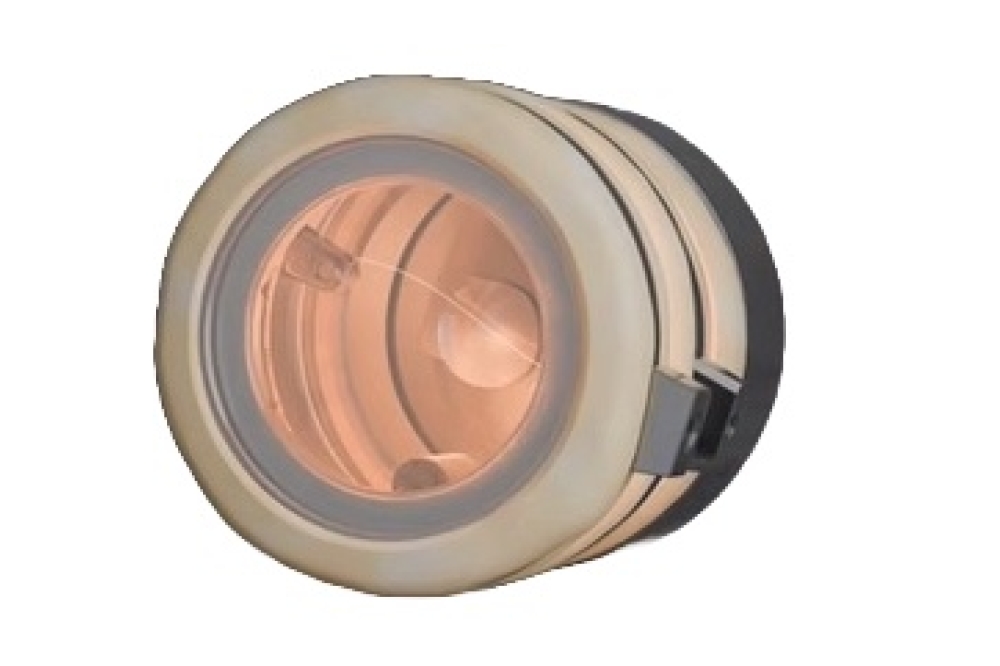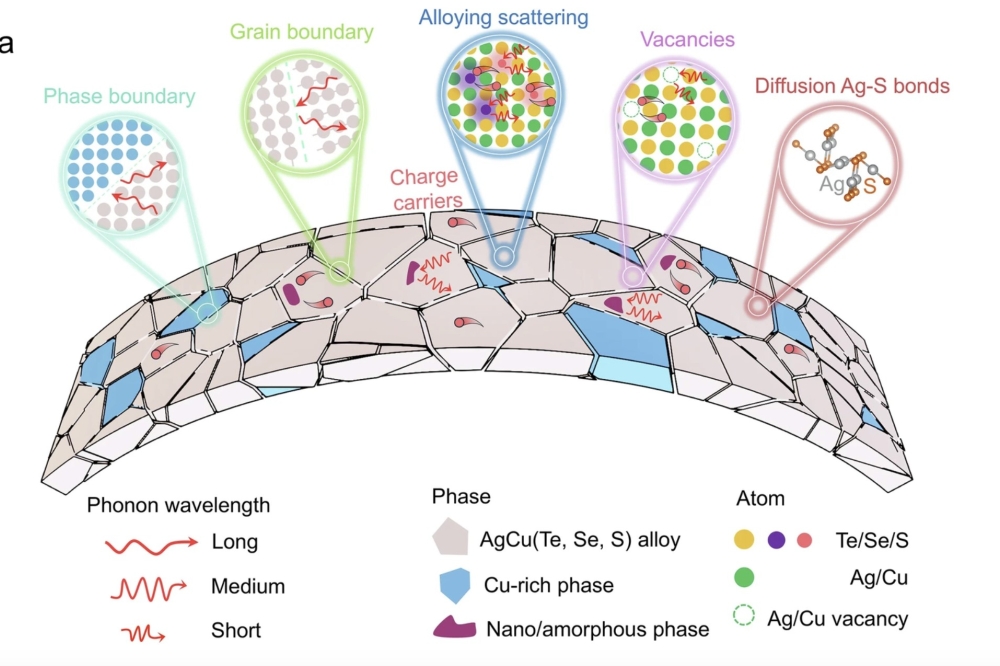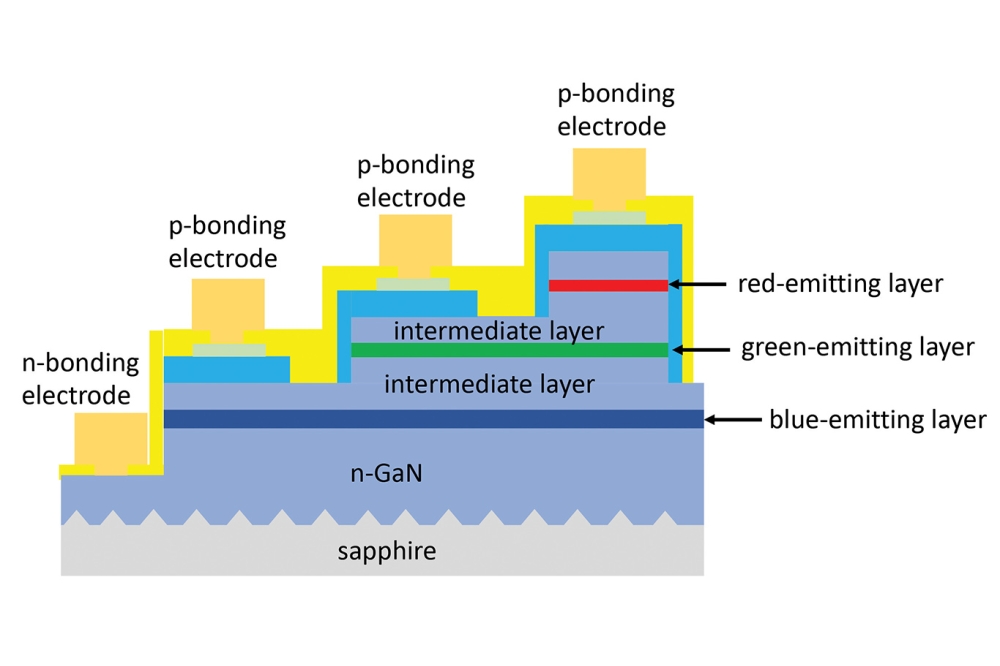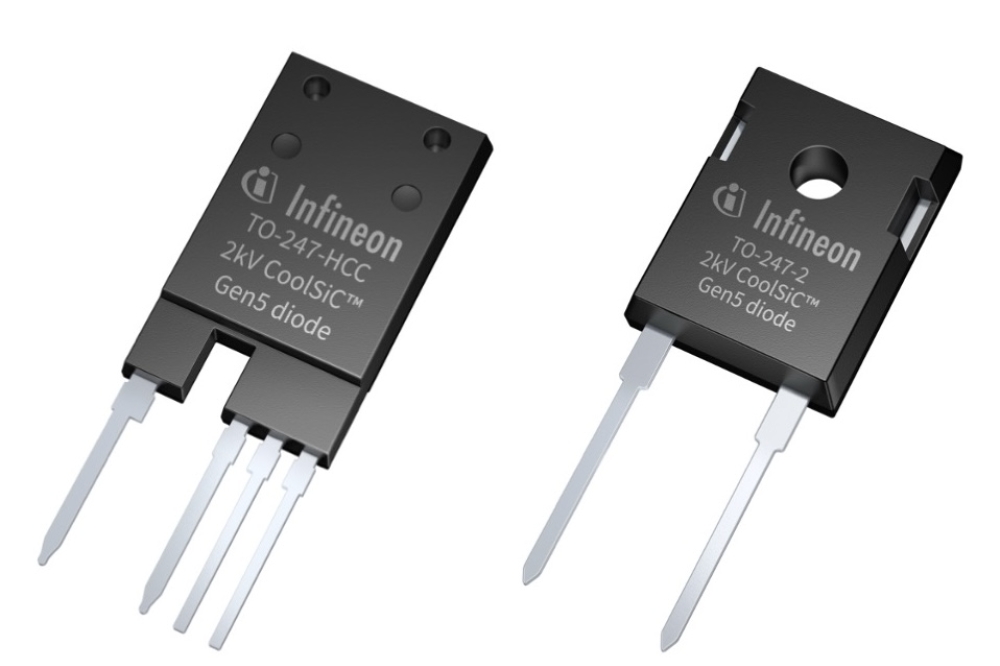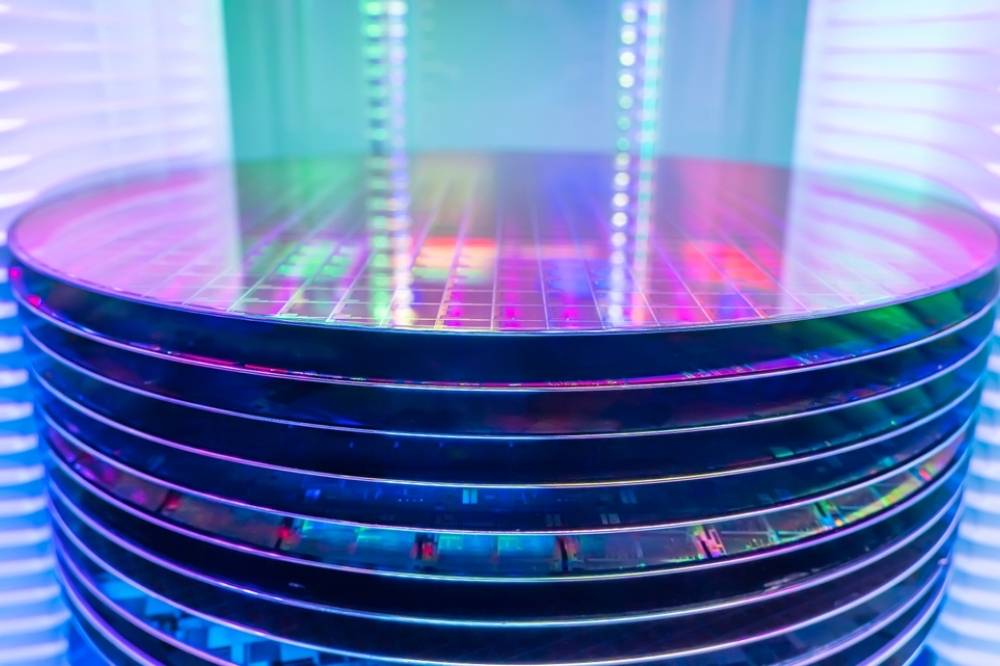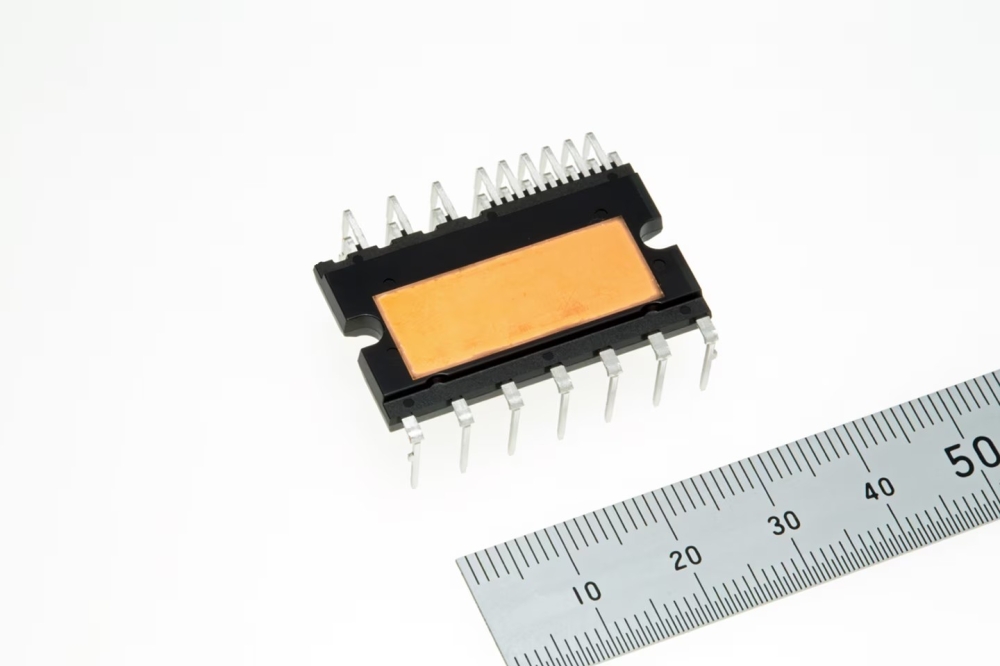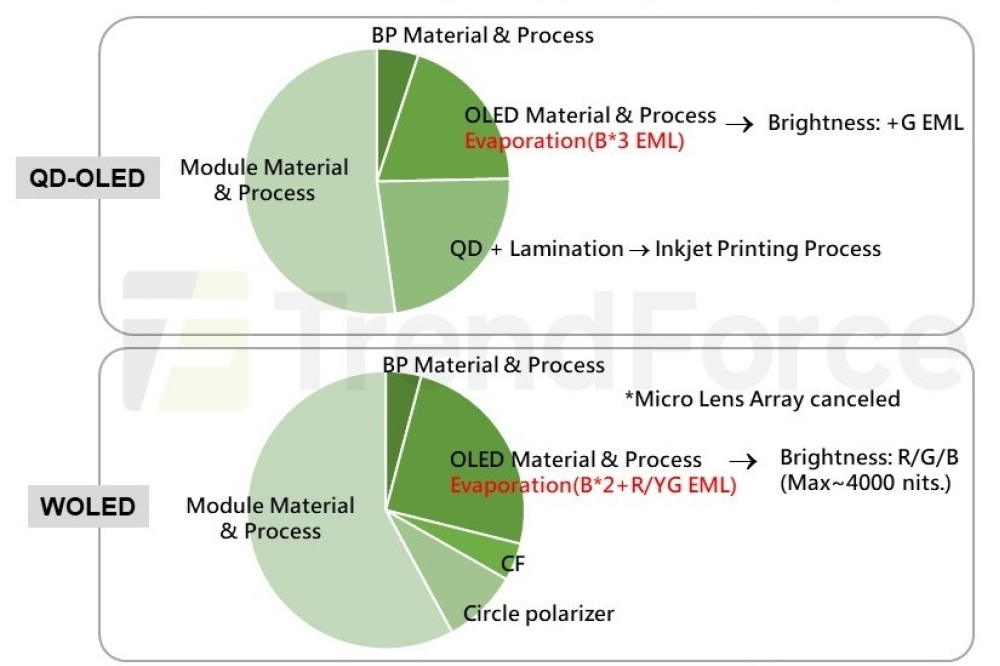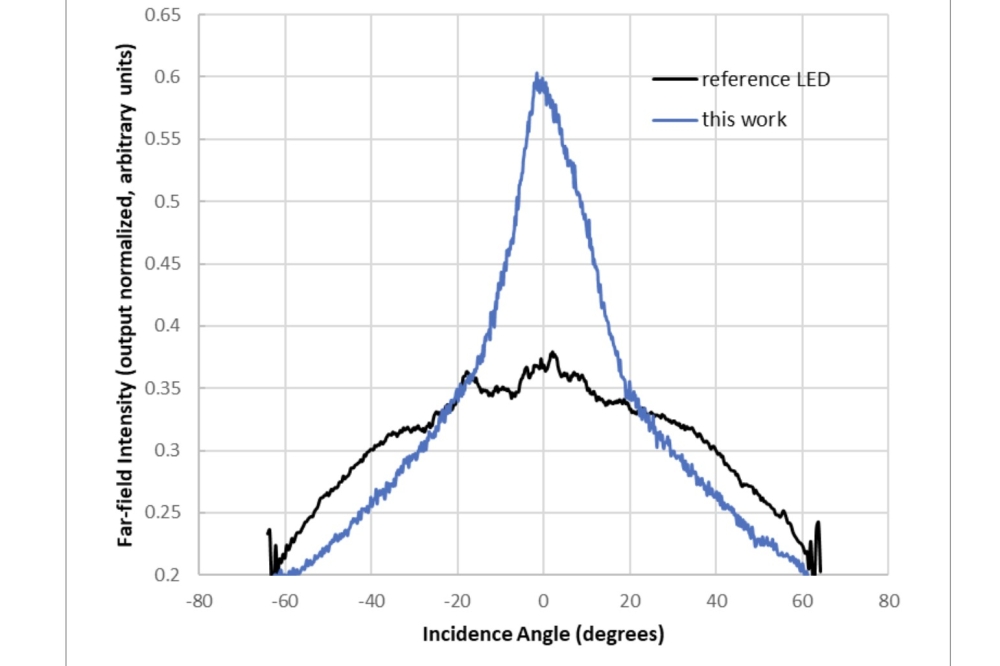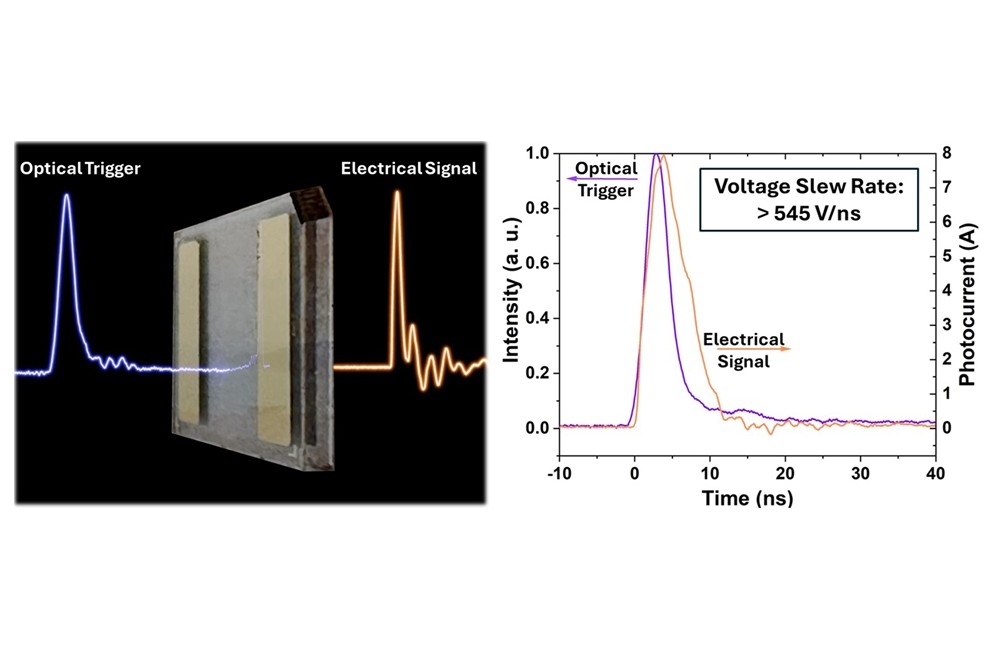A new avenue for better blue OLEDs?

Molecules dismissed as poor light emitters can triple the efficiency of blue OLEDs
Scientists at the University of Durham have found that certain molecules long considered poor emitters are actually ideal for boosting efficiency and stability in next-generation blue OLED displays.
The study, led by Kleitos Stavrou and Andrew Monkman, published in the journal Nature Photonics, reveals an overlooked molecular ‘blind spot’ that could enable major advances in energy-saving display technologies.
The molecule called ACRSA was found to increase device efficiency from 10 percent to over 28 percent when used as a sensitiser in ‘hyperfluorescent’ OLEDs, where energy is transferred from the sensitiser to a separate terminal emitter molecule.
Using the greenish sensitiser ACRSA, blue emission can be achieved by transferring ACRSA’s energy to a blue terminal emitter. This green-to-blue approach reduces exciton energy compared to direct blue emitters, enabling more stable, longer-lasting blue OLEDs.
The team says its strategy provides a new blueprint for designing stable and highly efficient hyperfluorescent OLED displays, opening up exciting possibilities for both fundamental research and practical applications.
Reference
'Key requirements for ultraefficient sensitization in hyperfluorescence organic light-emitting diodes' by Kleitos Stavrou et al; Nature Photonics (2024)


